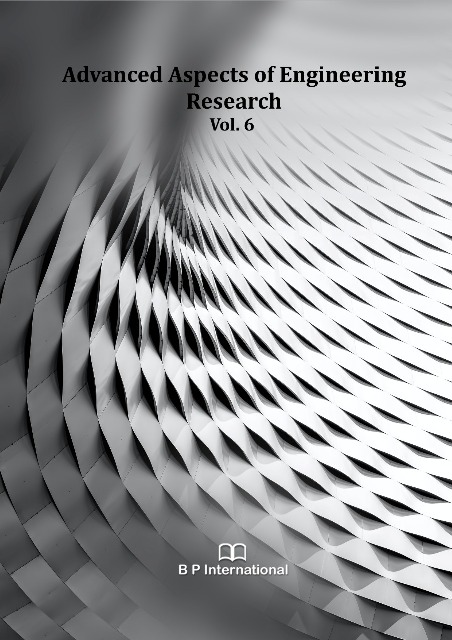Effects of Factors That Influence Out-of-Plane Lateral-Torsional Buckling on Freestanding Circular Arches-A Brief Review
Advanced Aspects of Engineering Research Vol. 6,
7 May 2021,
Page 1-18
https://doi.org/10.9734/bpi/aaer/v6/7841D
This paper presents the effects of the several factors that influence lateral-torsional buckling on freestanding circular arches. Studied factors that attribute to the effects of lateral-torsional buckling include cross section type, included angle, slender ratio, imperfection, loading, and boundary conditions. From the reviewed studies, the misrepresentation of these factors to a certain extent may yield inaccurate results. Several studies and design codes have proposed different solutions to account for these factors in designs against lateral-torsional buckling for some structural elements. However, there were no studies reported on the out-of-plane lateral-torsional buckling of fixed circular arches made of structural aluminum channel sections subjected to central concentrated load. There is a need for further research on the lateral-torsional buckling real behavior of fixed circular arches of structural aluminum channels.
